Chè Trôi Nước: Basic Information
Pronunciation
Alternative Name(s)
Dish Type
Course
Mealtime
Popular Chè Trôi Nước Variations
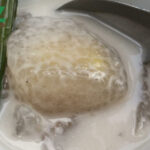
Chè Trôi Nước Bột Báng
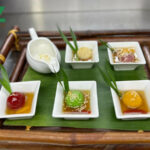
Chè Trôi Nước Ngũ Sắc
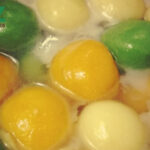
Chè Trôi Nước Bí Đỏ
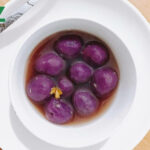
Chè Trôi Nước Khoai Lang Tím

Chè Trôi Nước Thịt Heo

Chè Trôi Nước Cá Chép
Chè Trôi Nước: Ingredients and Preparation
Main Ingredients
Main Cooking Method
Preparation Process
Chè Trôi Nước: A Deep Dive
Cultural Significance
Taste
Texture
Aroma
Color
Serving Style
Serving Temperature
Accompaniment
Occasions
Seasons
Special Diets
Calories
Popularity
Popular Similar Dishes
- Chè Bà Ba
- Chè Đậu Xanh
- Chè Bắp
- Chè Sương Sa Hạt Lựu
Popular Dining Area
Chè trôi nước, also known as chè xôi nước in Southern Vietnam or bánh trôi, bánh chay in Northern Vietnam, is a Vietnamese dessert consisting of glutinous rice filled with mung bean paste. These are immersed in a sweet syrup made of water, sugar, and ginger. It is typically garnished with sesame seeds and coconut milk, and served warm.
Historically, chè trôi nước has been enjoyed for centuries in Vietnam. It’s commonly served during significant festivals and celebrations, such as the Lunar New Year, Winter Solstice Festival (Tết Đông Chí), Cold Food Festival (Tết Hàn Thực), and other important occasions.
I’ll provide an overview of the dish, including its attributes and primary ingredients, the process of making it, and contrast it with bánh trôi and bánh chay. Additionally, I’ll cover how it’s enjoyed in various Vietnamese regions, its different forms, occasions it’s served on, its benefits and limitations, address frequent inquiries, and look at comparable dishes.
Key Points
Chè Trôi Nước Images
What Are The Main Ingredients of Chè Trôi Nước?
Below are the essential ingredients of chè trôi nước, along with a detailed description of their unique characteristics:

For the Dough
Glutinous rice flour, pandan leaf juice, or beetroot juice (if you want beautiful colors)
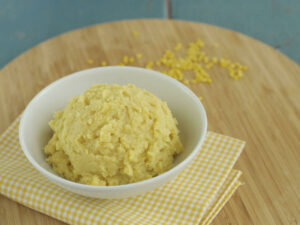
For the Fillings
Mung bean, coconut milk, sugar, salt, minced shallots
Other options for the fillings include peanut, black sesame seeds, red beans, coconut, etc. Savory fillings also exist.
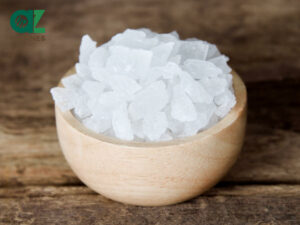
For the Ginger Syrup
Rock sugar, sliced ginger, pandan leaves (impart aroma to the syrup)

For the Coconut Milk Sauce
Coconut milk
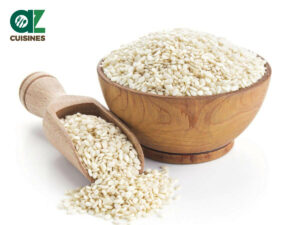
For Garnishes
Toasted white sesame seeds
Once you have these ingredients, you’re all set to start the enjoyable process of learning how to make chè trôi nước, a delightful Vietnamese dessert.
How To Make Chè Trôi Nước?
Chè trôi nước is made with the following 6 main steps:
Step 1: Prepare the Dough
Mix the flour with water, combine well, and refrigerate (minimum 30 minutes, ideally overnight).
Step 2: Prepare the Mung Bean Paste Filling
Boil mung beans in water, and simmer until the liquid evaporates. Add salt, cool, and process into a paste, then cook with oil and sugar. Roll into balls and refrigerate.
Step 3: Form Rice Balls
Knead the dough, roll it into balls, flatten each ball, and wrap it around a mung bean ball. Cook in boiling water until they float, then transfer to cold water.
Step 4: Prepare the Ginger Syrup
Boil water, rock sugar or palm sugar, and ginger. Simmer for 15 minutes.
Step 5: Make the Coconut Sauce
Boil coconut cream, salt, and tied pandan leaf. Turn off the heat.
Step 6: Serve
Toast sesame seeds. Drain rice balls, pour ginger syrup, add coconut cream, and sprinkle sesame seeds.
Chè Trôi Nước vs. Bánh Trôi vs. Bánh Chay

Chè Trôi Nước
Regions: Southern Vietnam
Ingredients: Glutinous rice flour, mung beans, coconut milk, sugar, salt, shallots, rock sugar, water, ginger, pandan leaves
Filling: Mung beans, fried shallots, and sugar
Shape & Texture: Round, chewy
Cooking Method: Boiled, then added to ginger syrup
Serving: Served in a bowl with ginger syrup, with coconut milk sauce, garnished with toasted sesame seeds
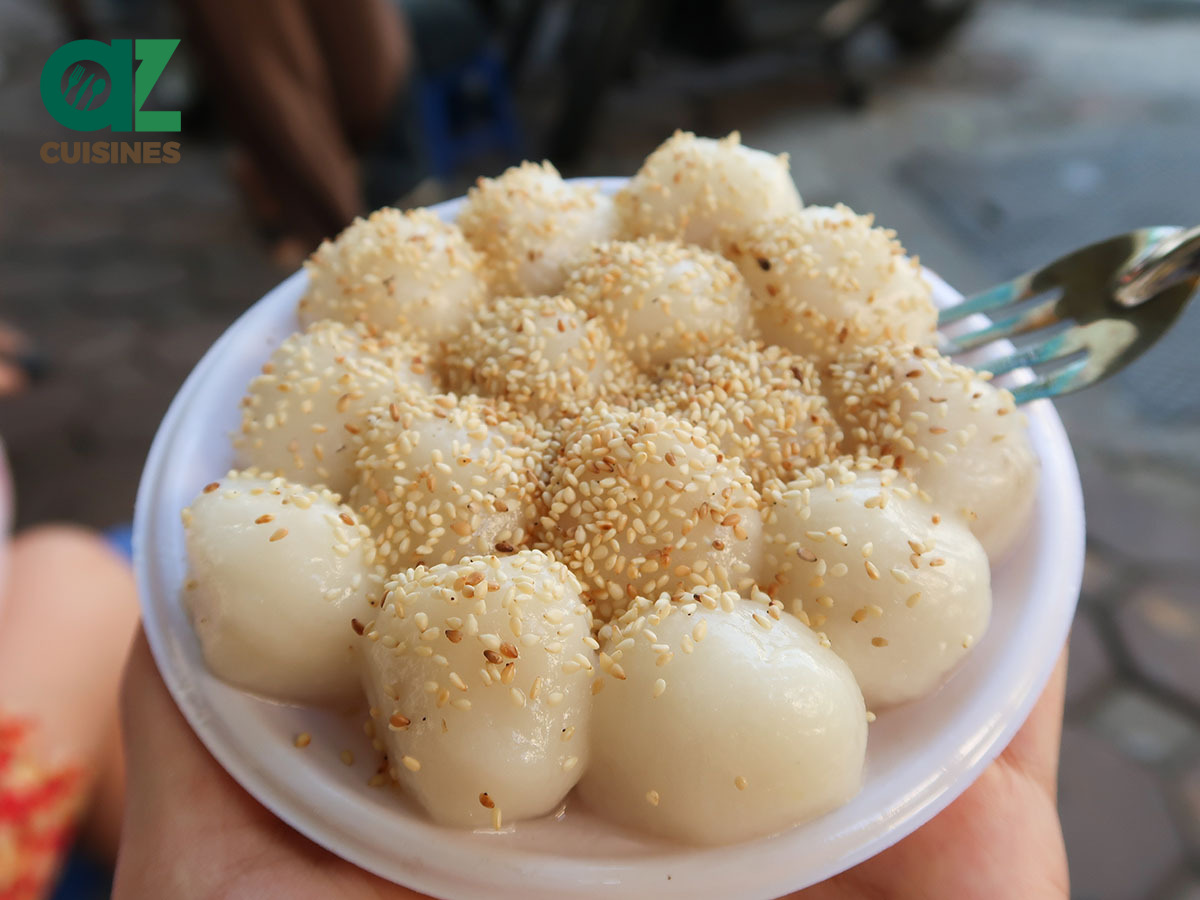
Bánh Trôi
Regions: Northern Vietnam, Central Vietnam
Ingredients: Rice flour, glutinous rice flour, mung beans, shredded coconut, sugar, ginger, peanuts
Filling: Mung beans, shredded coconut
Shape & Texture: Round, doughy
Cooking Method: Boiled in water, then cool
Serving: Served on a plate, sprinkle roasted sesame seeds on top, and enjoy with thick sugar syrup.
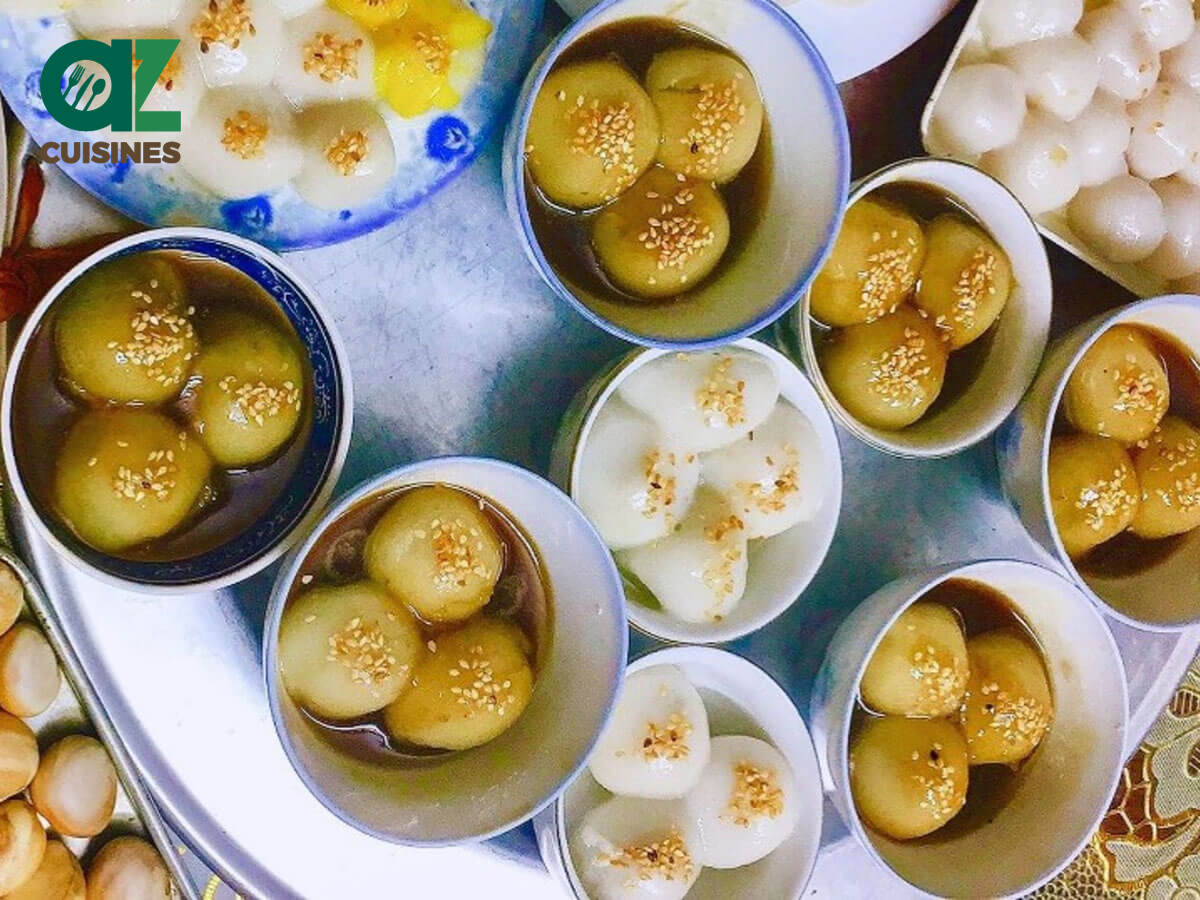
Bánh Chay
Regions: Northern Vietnam, Central Vietnam
Ingredients: Glutinous rice flour, tapioca flour, mung beans, sugar, sesame
Filling: Mung bean or no filling
Shape & Texture: Flattened round
Cooking Method: Boiled in water, then cool
Serving: Served in a bowl with sugar water and sweet arrowroot powder, sprinkled with some sesame seeds and grated coconut.
Indeed, chè trôi nước varies regionally in Vietnam, with Southern versions often being sweeter and incorporating more coconut milk, while Northern variants may emphasize the ginger flavor and use less sugar.
How Different Regions of Vietnam Enjoy Chè Trôi Nước?
Let’s embark on a culinary adventure to discover how chè trôi nước is traditionally served in various regions throughout Vietnam:
| Region | Characteristics |
|---|---|
| Southern Vietnam | In Southern Vietnam, chè trôi nước or chè xôi nước are often bathed in ginger syrup and garnished with coconut sauce. |
| Northern Vietnam | Northern Vietnam enjoys bánh trôi and bánh chay. Traditional bánh trôi is served dry on small plates, sprinkled with sesame seeds. Bánh chay is served with a fragrant grapefruit-flower infused tapioca syrup. |
| Central Vietnam | Similar to the Northern Delta, the Central provinces also have traditional bánh trôi and bánh chay. |
| In Cao Bằng and Lạng Sơn regions | Here, a unique dish called “Coóng phù” is popular. It’s similar to bánh trôi but is served in a soup like traditional Bánh chay. It has a filling of crushed roasted peanuts and sugar. When eaten, it’s accompanied by hot sugarcane syrup and crushed ginger. |
| In Bắc Ninh, Bắc Giang, and Hải Dương | In these regions, people primarily make Bánh trôi and do not typically prepare Bánh chay. |
This exploration reveals the rich diversity in chè trôi nước variations across Vietnam, each region adding its unique touch to this beloved dessert.
What Are Famous Variations of Chè Trôi Nước?
It’s time to unveil the 7 renowned variations of chè trôi nước and their distinctive features:
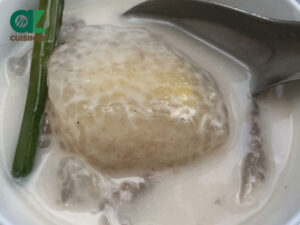
Chè Trôi Nước Bột Báng
Made with small, chewy bột báng (tapioca pearls), this variation includes a mung bean filling that is flavorful and rich. It is also infused with the aromatic scents of ginger and pandan leaves.

Chè Trôi Nước Ngũ Sắc
This traditional Vietnamese dessert features five different colors: red, orange, green, purple, and yellow, achieved using ingredients like gac fruit, purple sweet potato (or dried butterfly pea flowers), pumpkin, pandan leaves, and passion fruit.

Chè Trôi Nước Bí Đỏ
This variation stands out with its round, white outer layer and a fragrant mung bean filling. It is served with a gently sweet ginger syrup.

Chè Trôi Nước Khoai Lang Tím
An appealing and tasty dessert, this variation is made with purple sweet potato. It is known for its attractive appearance, delicious taste, and health benefits.
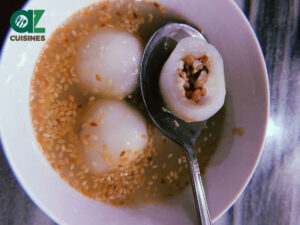
Chè Trôi Nước Thịt Heo
A unique and exclusive dish in Hội An, this variation is known for its delicious pork filling inspired by the savory bánh ít trần from the West and chè heo quay from Huế.
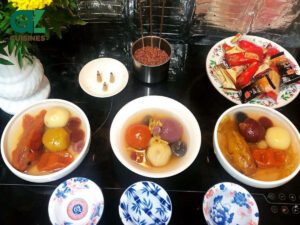
Chè Trôi Nước Cá Chép
This variation features carp shapes, typically comes in five main colors: red (symbolizing aspiration), green (representing nature), yellow (for prosperity), pink (for fertility), and orange (for energy and dynamism)
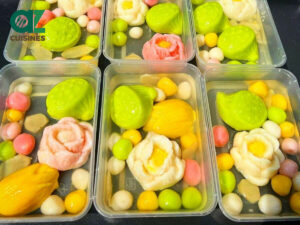
Chè Trôi Nước Hoa Sen
Specially served during Tết Hàn Thực and Vu Lan festivals in Vietnam, this dessert is aesthetically shaped like a lotus flower, symbolizing purity and refinement.
Each of these variations holds a special place in Vietnamese cuisine, often gracing the table during traditional festivals and family gatherings.
Which Occasions Are Chè Xôi Nước Often Served?
Chè trôi nước is deeply intertwined with various festivals and celebrations, reflecting its role in the social and cultural fabric of Vietnam. Below is a simple breakdown:
- Lunar New Year (Tết Nguyên Đán): This is one of the most important celebrations in Vietnamese culture, chè trôi nước serves as a symbol of family togetherness and warmth during this festive time.
- Kitchen God Day (Lễ cúng Ông Táo): Prepared for the ‘Ông Công ông Táo’ ceremony, it represents contentment and smooth sailing for the Kitchen God on his journey to heaven, believed to bring good luck and progress for the family.
- New Year’s Eve Offering (Giao Thừa): Served as an offering to deities and ancestors, it signifies unity, harmony, and a prosperous year ahead.
- Cold Food Festival (Tết Hàn Thực): This festival, which occurs in early April, is another traditional occasion for enjoying chè trôi nước. The dish is prepared to honor ancestors and celebrate the coming of spring, symbolizing the renewal of life and nature.
- Winter Solstice Festival (Tết Đông Chí): Celebrated during the winter solstice, this festival is an occasion for family reunions and honoring ancestors. The serving of chè trôi nước during this time emphasizes the importance of family bonds and warmth in the cold season.
- First Month Celebration of a Baby (Đầy Tháng): In Vietnamese culture, chè trôi nước is specifically offered during the ‘đầy tháng’ ceremony for baby. Chè trôi nước symbolizes fluidity and smooth progression, representing the wish for a smooth, unobstructed life for the baby.
- First Birthday Celebration (Thôi Nôi): For the ‘thôi nôi’ ceremony, which marks a child’s first birthday, chè trôi nước is prepared as part of the offerings. It’s part of a custom honoring the 12 midwives (’12 Bà Mụ’) and is a way for parents and relatives to express their wishes for the child’s prosperity and happiness.
While these occasions highlight the cultural significance and traditional values associated with chè trôi nước, it’s important to consider its pros and cons.
Pros and Cons of Eating Chè Trôi Nước
This part discusses the advantages and drawbacks of chè trôi nước, providing a comprehensive analysis of its culinary value and appeal:
Pros
Cons
Please proceed to the next section where we address the commonly asked questions about chè trôi nước, offering insights and answers to common queries



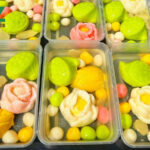
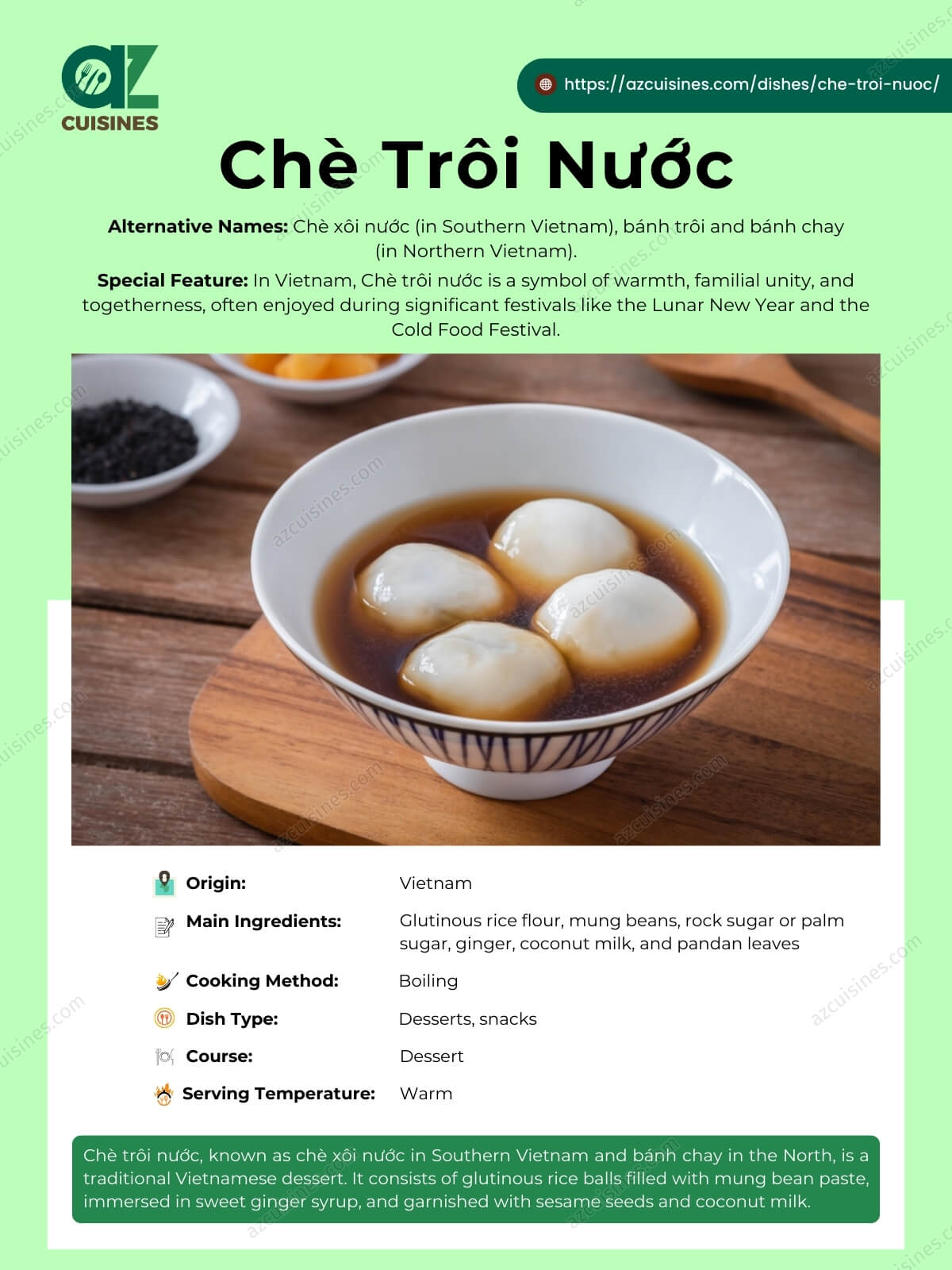


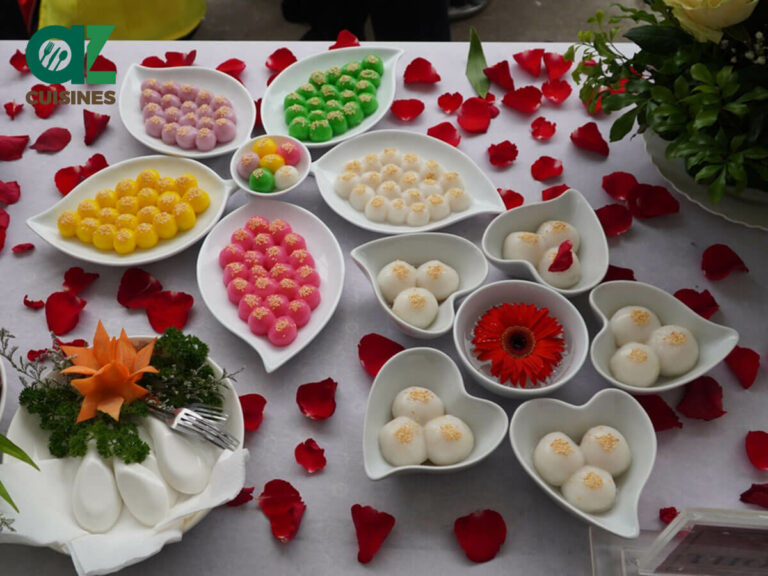

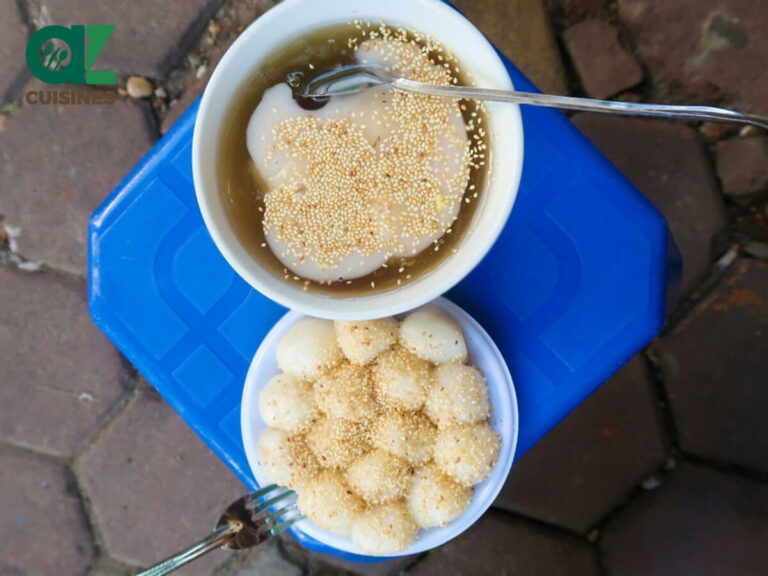
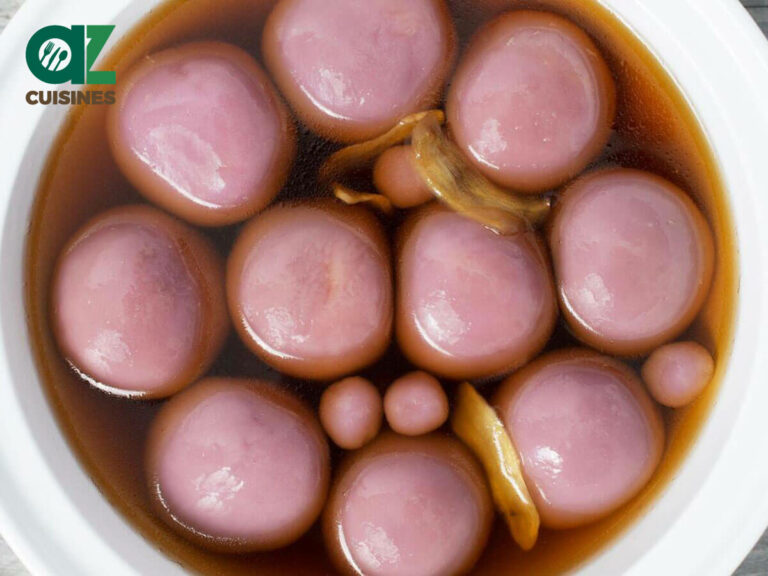
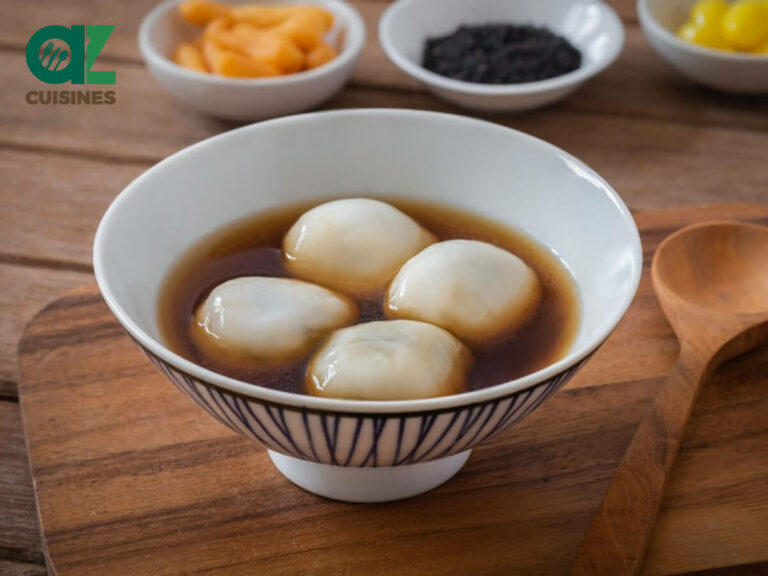
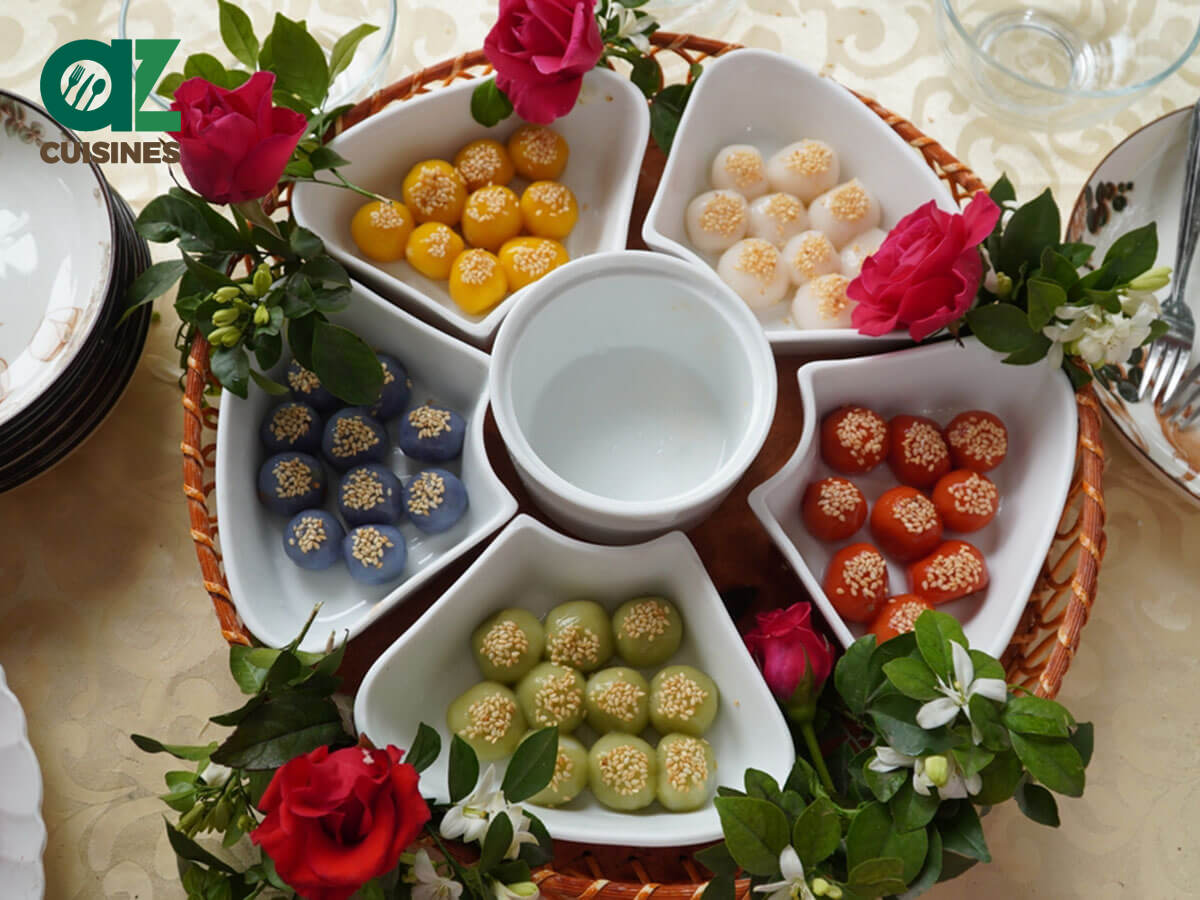
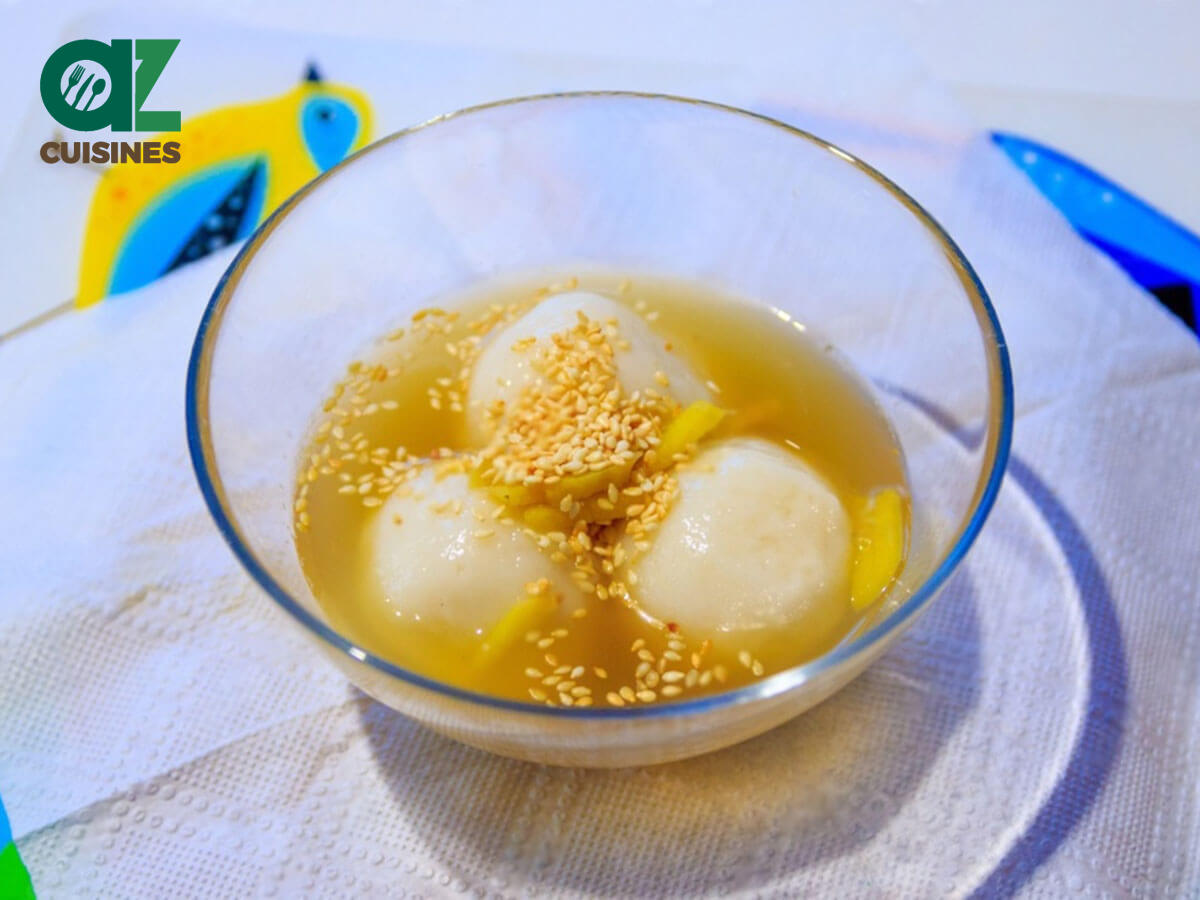

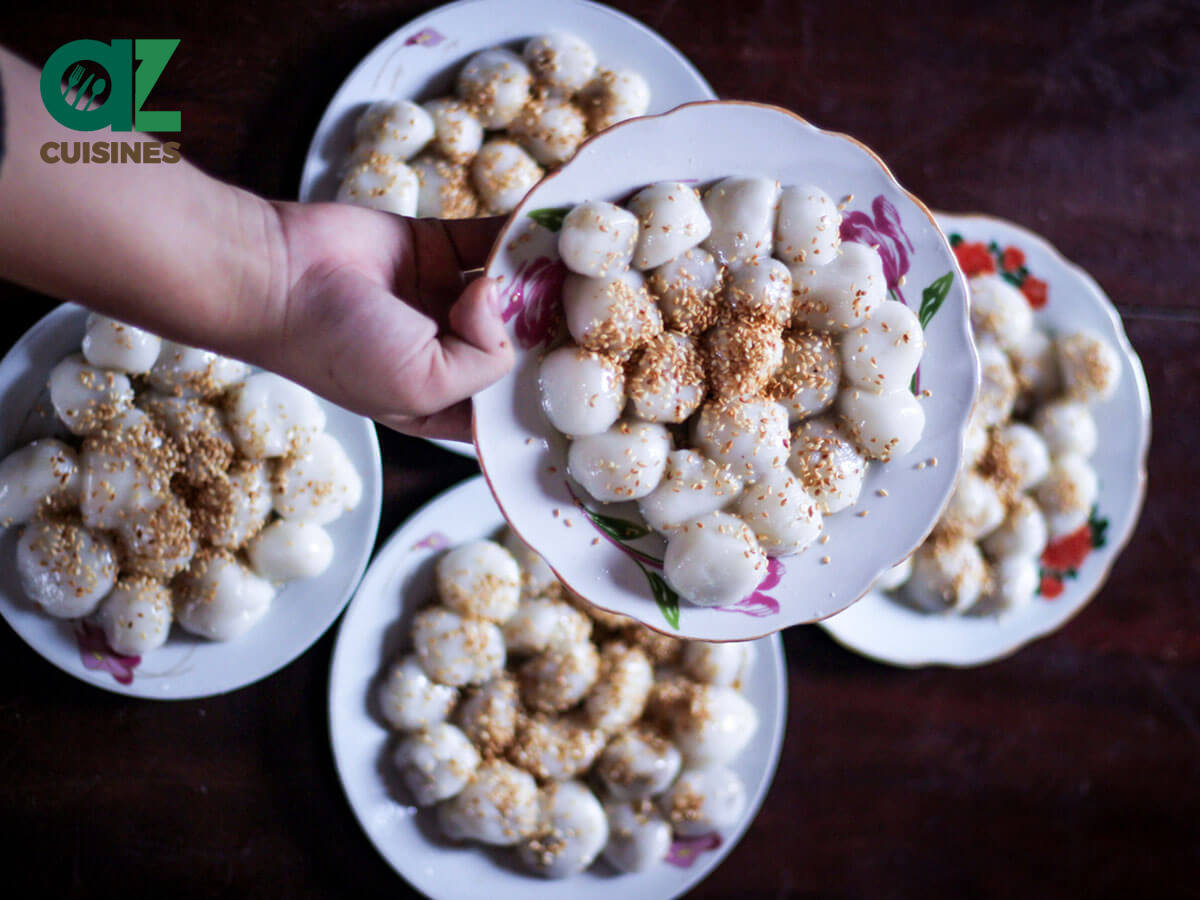

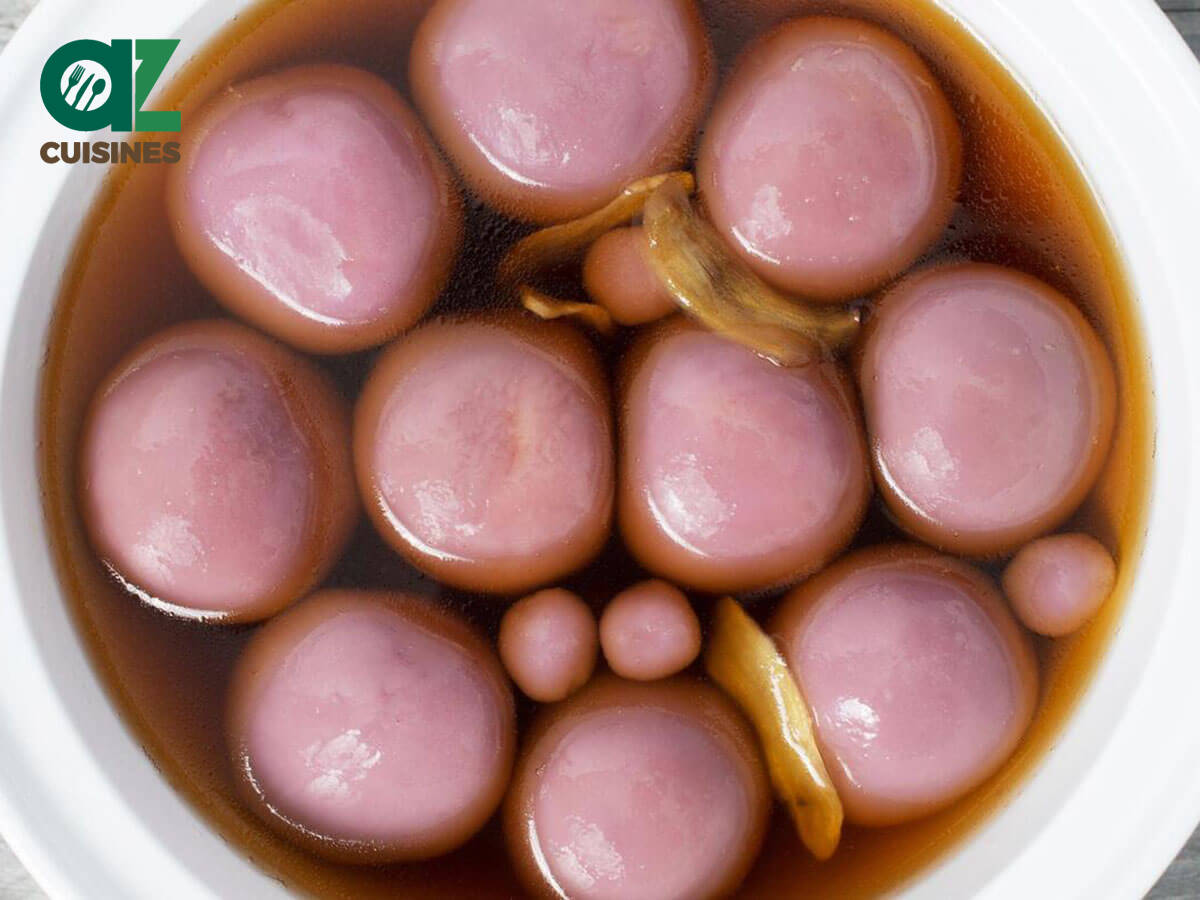
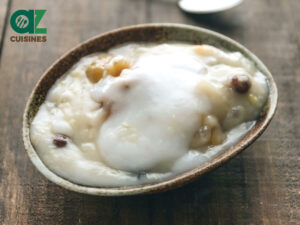
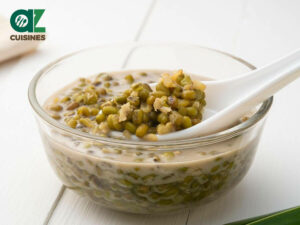
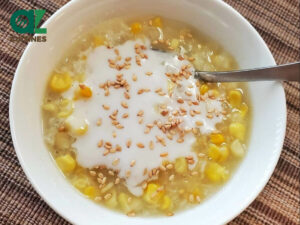

Truc Tran (Kris)
Senior Food Editor
Expertise
Home Cooking, Meal Planning, Recipe Development, Baking and Pastry, Food Editor, Cooking-video Maker, Vietnamese Food Evaluation Expert
Education
Truc Tran (Kris), an experienced food writer and editor, is great at exploring and describing global cuisines, from simple street food to fancy dining. In her writing, she skillfully mixes different flavors, cooking methods, and culinary traditions, showing the unique character of various cultures through their food and drinks. On azcuisines.com, Kris highlights her knowledge, especially in Asian cuisine and worldwide traditional dishes.